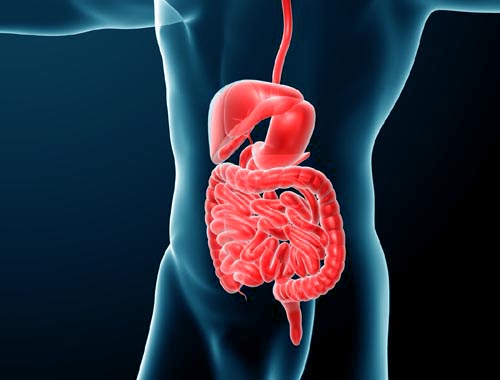DDxHub Differential Diagnosis Hub lab
 Published: 16 Apr 2024
Published: 16 Apr 2024
Understanding the Lipid Panel
What is a Lipid Panel?
A lipid panel, also known as a lipoprotein panel, measures the levels of certain fats (lipids) in your blood. These lipids include low-density lipoprotein (LDL), high-density lipoprotein (HDL), and triglycerides.
Fasting Requirements:
Most people need to fast for 9-12 hours before a lipid panel test.
Interpreting Your Results
Total Cholesterol:
* Normal: Less than 200 mg/dL
* Borderline high: 200-239 mg/dL
* High: 240 mg/dL or higher
LDL Cholesterol (Bad Cholesterol):
* Optimal: Less than 100 mg/dL (for diabetics or heart disease patients)
* Near-optimal: 100-129 mg/dL
* Borderline high: 130-159 mg/dL
* High: 160-189 mg/dL
* Very high: 190 mg/dL or higher
HDL Cholesterol (Good Cholesterol):
* Higher levels are better
* Protection from heart disease is believed to occur at levels of 60 mg/dL or higher
Triglycerides:
* Normal: Less than 150 mg/dL
* Borderline high: 150-199 mg/dL
* High: 200-499 mg/dL
* Very high: 500 mg/dL or higher
Importance of Cholesterol:
HDL cholesterol helps remove excess cholesterol from arteries, while LDL cholesterol accumulates in arteries and can lead to blockages. High levels of LDL cholesterol can increase your risk of heart disease.
Understanding Your Results
Your doctor can help you understand your lipid panel results and provide personalized recommendations for improving your heart health. It's important to note that these results should not be interpreted in isolation but in combination with other factors, such as your overall health, family history, and lifestyle.
 Published: 16 Apr 2024
Published: 16 Apr 2024